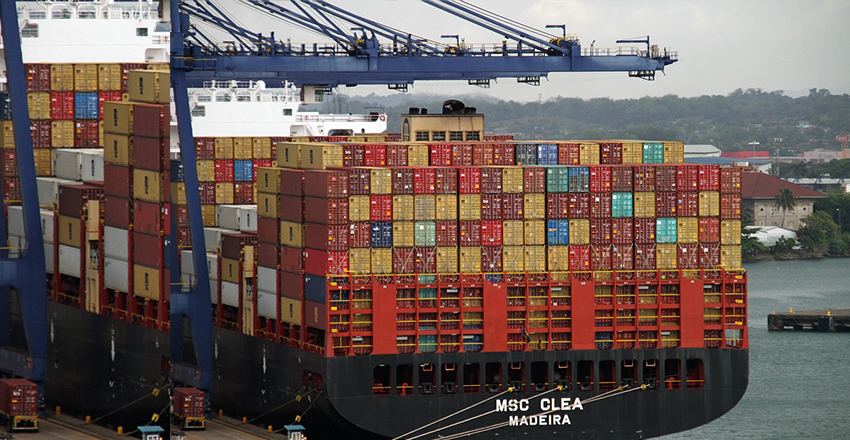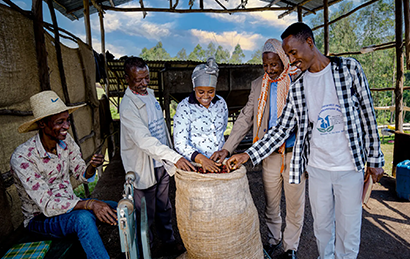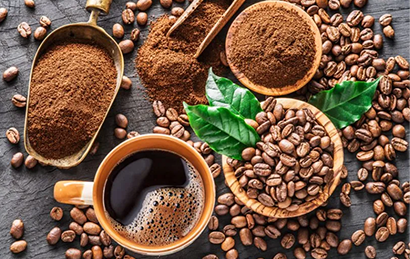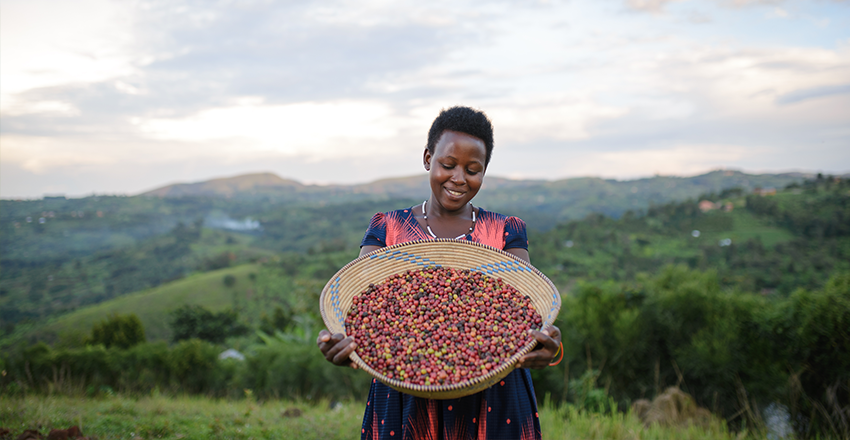Packaging & Export: Ensuring Freshness Across the Globe
After months of careful farming, meticulous harvesting, and precision roasting, the final journey of coffee beans begins—packaging and export. This critical phase ensures that the quality of the coffee is preserved as it travels from farm to cup, whether it’s destined for a local café or a coffee shop across the globe.
The Importance of Packaging
Coffee’s freshness and flavor depend heavily on how it is packaged. Once roasted, coffee beans start to lose their freshness and aromatic compounds due to exposure to air, light, moisture, and heat. That’s why proper packaging is key to locking in the rich flavors and protecting the beans during transportation.
Most high-quality coffees are sealed in airtight, one-way valve bags. These valves allow freshly roasted beans to release carbon dioxide while preventing oxygen from getting in, which would otherwise degrade the coffee. The bags are often made from multi-layered materials that protect the beans from external elements like humidity and UV light, ensuring the coffee remains as fresh as possible.
For larger shipments, bulk coffee is often vacuum-sealed or nitrogen-flushed to preserve freshness during export. These methods ensure that by the time the coffee reaches its destination, it still maintains the vibrant flavors and aromas that coffee lovers expect.

Getting Ready for Export

Once the coffee is packaged, it’s prepared for export. Exporting coffee is a delicate process that involves coordinating logistics to ensure the beans arrive on time, in perfect condition. Exporters work closely with customs and shipping companies to manage the complex paperwork and regulations involved in transporting agricultural goods across borders.
Shipping routes, temperatures, and handling are all carefully considered to avoid any damage or delays that might compromise the quality of the coffee. Whether traveling by air, sea, or land, maintaining the integrity of the beans during transport is crucial to ensuring they arrive fresh at their final destination.

The Global Coffee Journey
Coffee is one of the most traded commodities in the world, with millions of bags exported annually to meet global demand. From small farms in Ethiopia and Colombia to bustling ports and warehouses, coffee travels thousands of miles before it reaches your cup.
The export process often involves partnerships between farmers, cooperatives, exporters, and roasters, each playing a role in bringing high-quality coffee to market. For many coffee-producing regions, exporting coffee is a vital source of income, supporting both the local economy and the livelihoods of countless families.
Sustainability in Coffee Export
More than ever, sustainability is a priority in the coffee industry. Many exporters are taking steps to reduce their carbon footprint, using eco-friendly packaging materials and optimizing shipping routes to minimize environmental impact.
Additionally, fair trade practices ensure that farmers are fairly compensated for their hard work, allowing them to continue producing high-quality coffee in a sustainable way. Transparency in the export chain is becoming increasingly important, allowing consumers to trace their coffee back to its source and make informed choices.
From Our Farms to Your Doorstep
At Kahawa Top Exports, we pride ourselves on delivering the finest coffee to clients worldwide. Every bean is handled with care, from its packaging to its export, ensuring that you receive only the freshest, highest-quality coffee. Whether you’re a café, a roastery, or a coffee lover, our commitment to excellence guarantees that your coffee journey is always a smooth one.








Wow this is inspiring
awesome
ungui mutheri